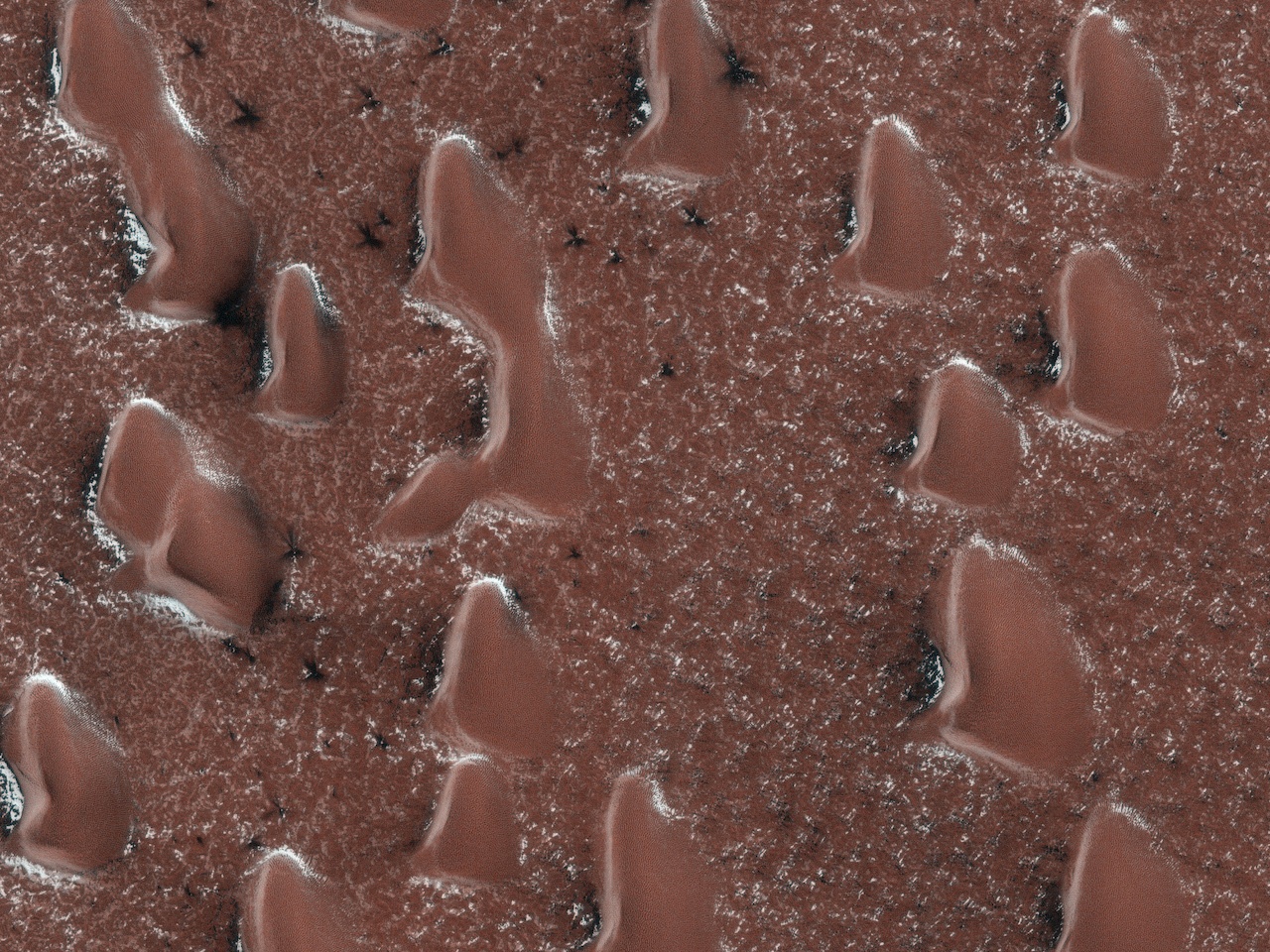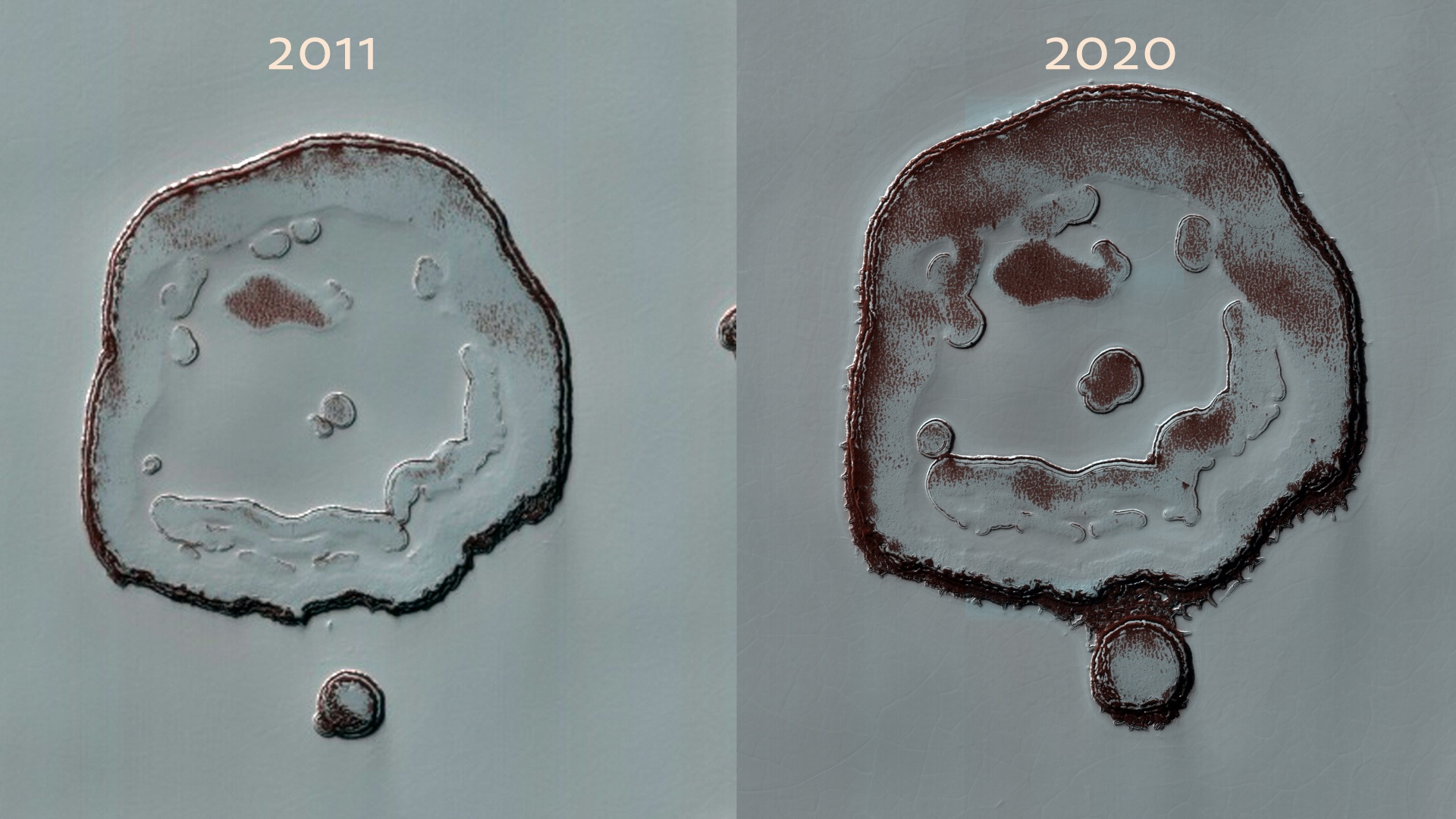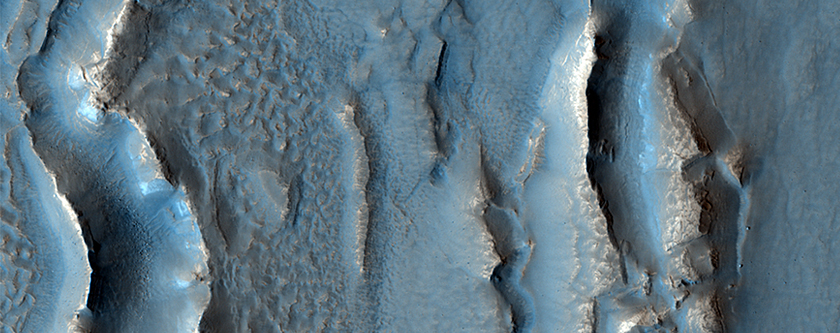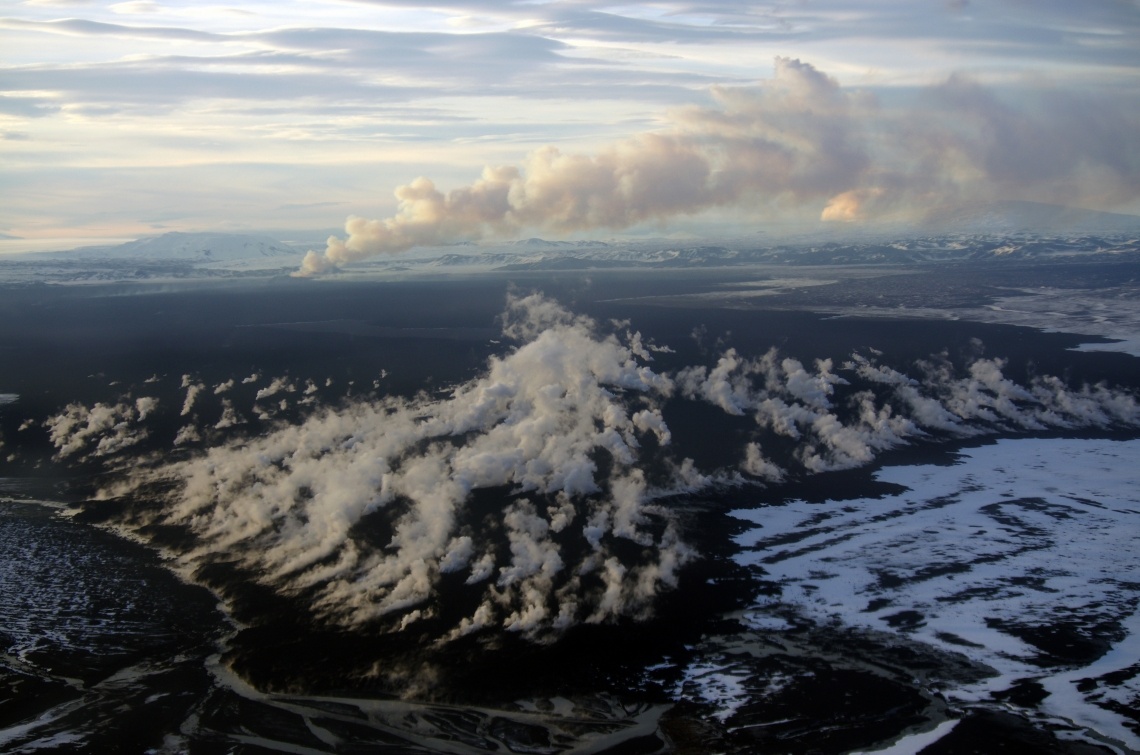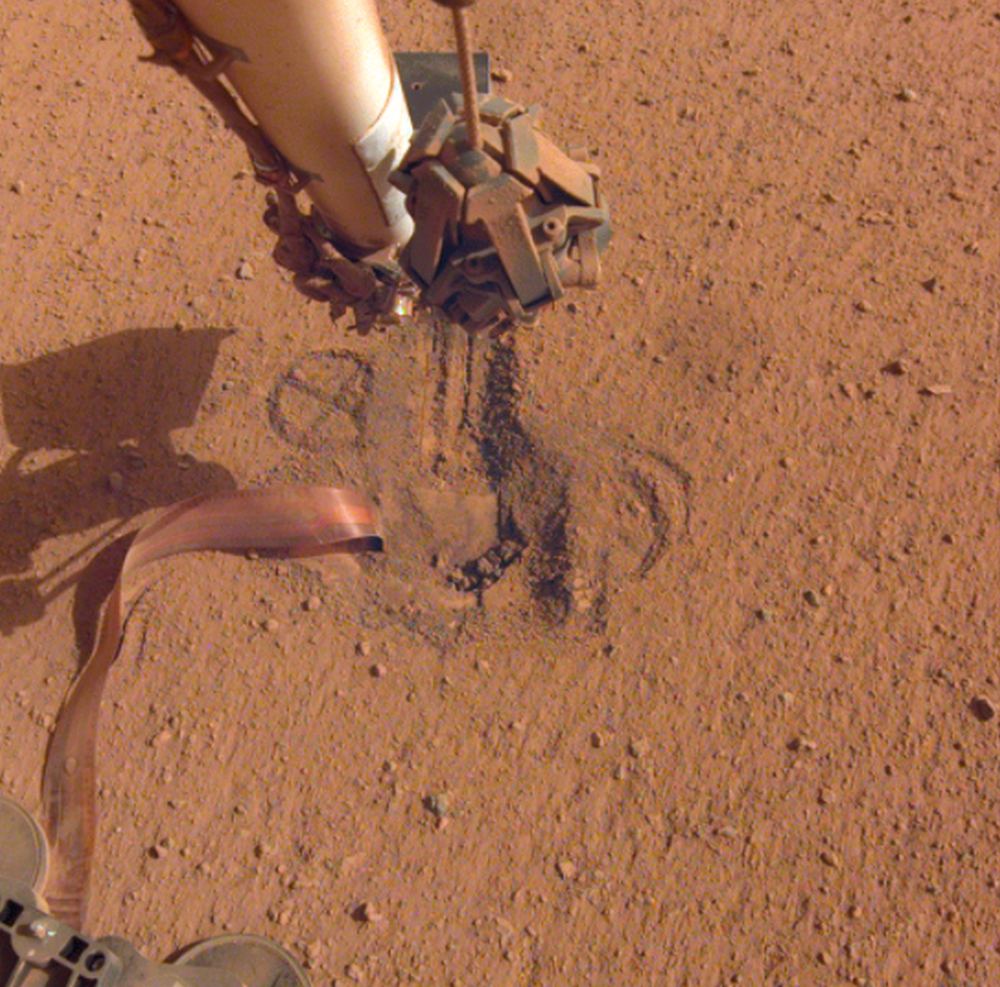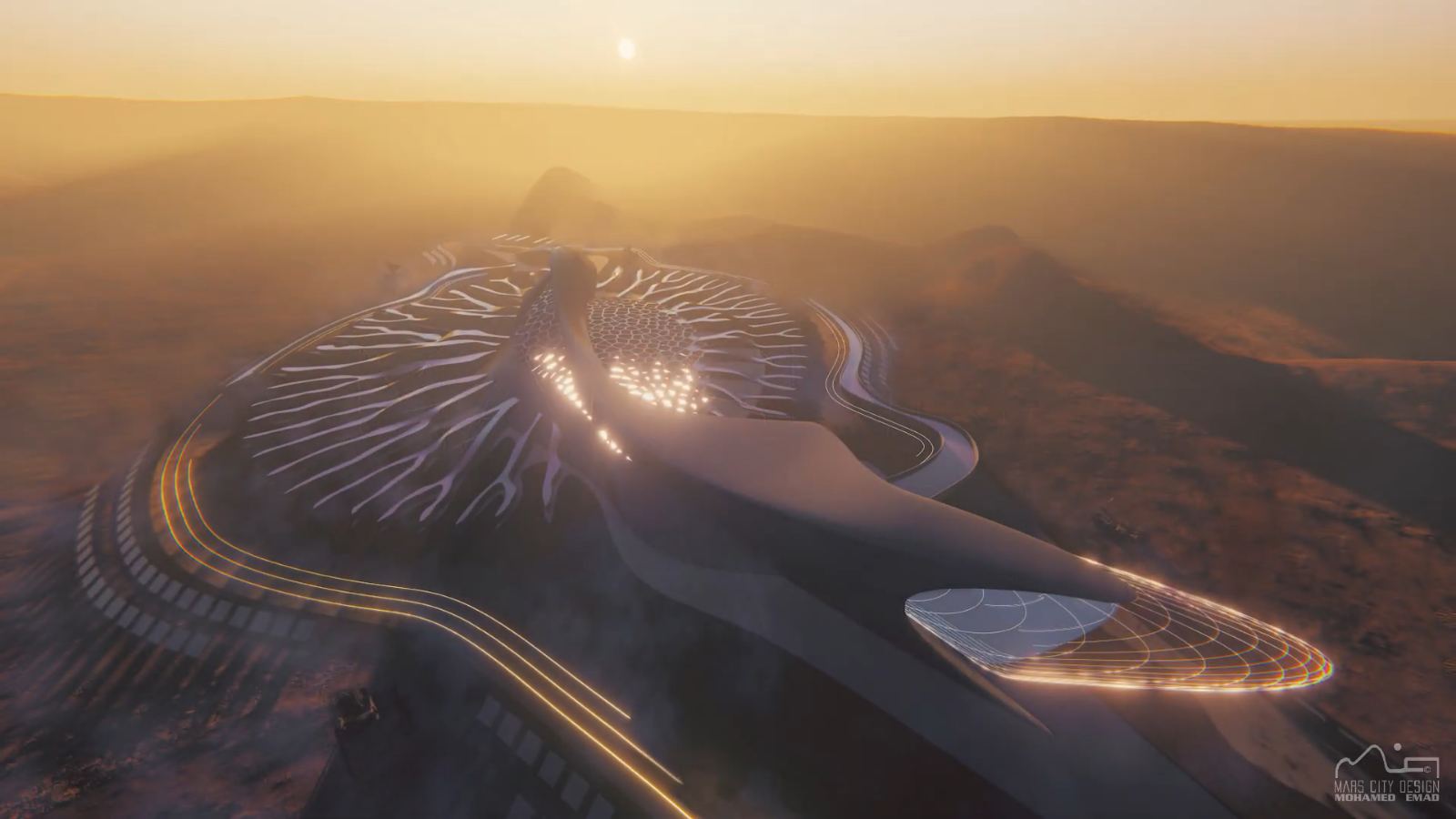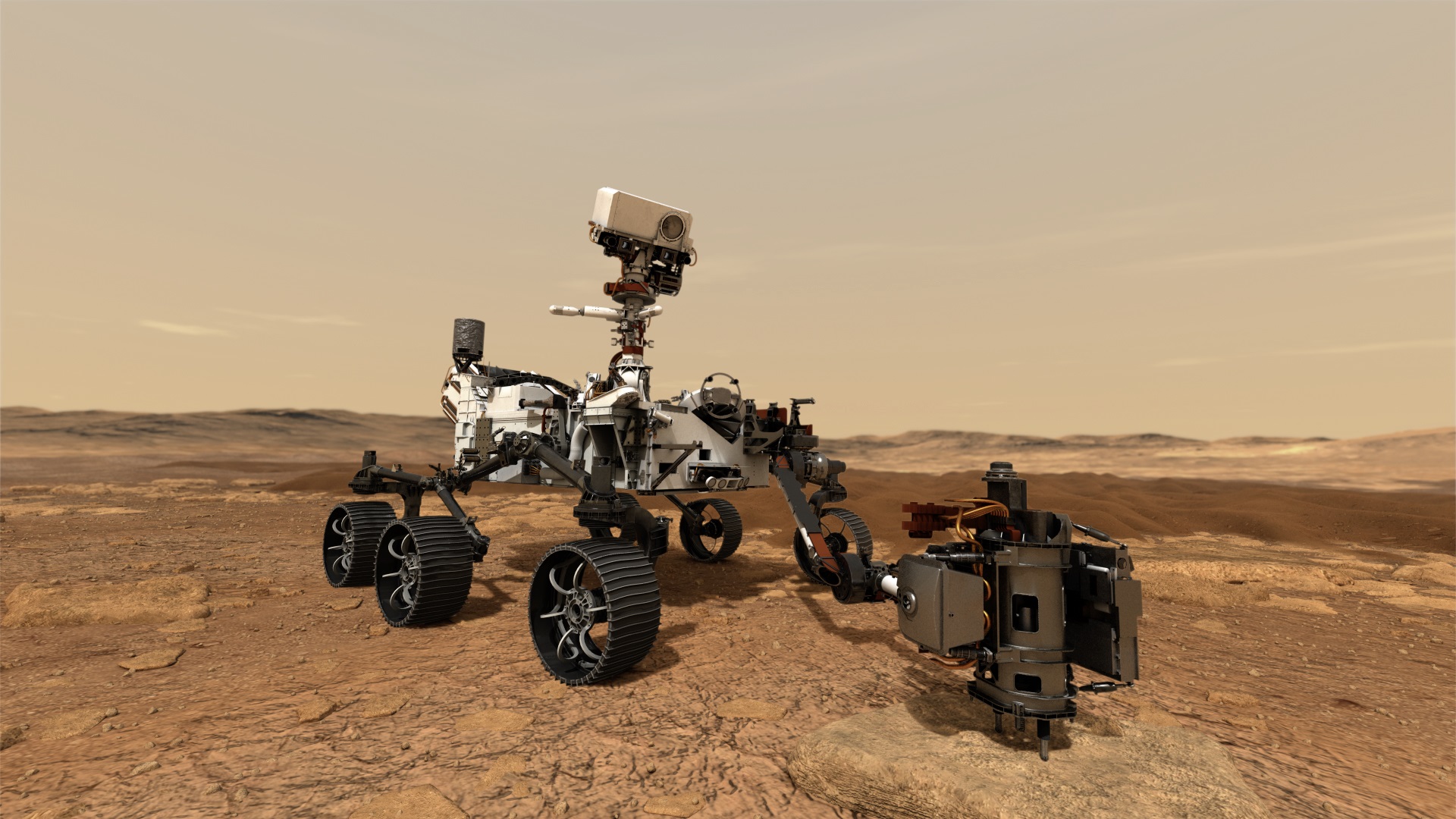The Solar Orbiter spacecraft is heading towards the center of the Solar System, with the goal of capturing the closest images ever taken of our Sun. But during its flight, the spacecraft turned back to look towards home. It captured Venus, Earth, and Mars together, as seen from about 155.7 million miles (250.6 million kilometers) away.
Continue reading “Solar Orbiter Caught Venus, Earth and Mars in One of its Photos”Solar Orbiter Caught Venus, Earth and Mars in One of its Photos


